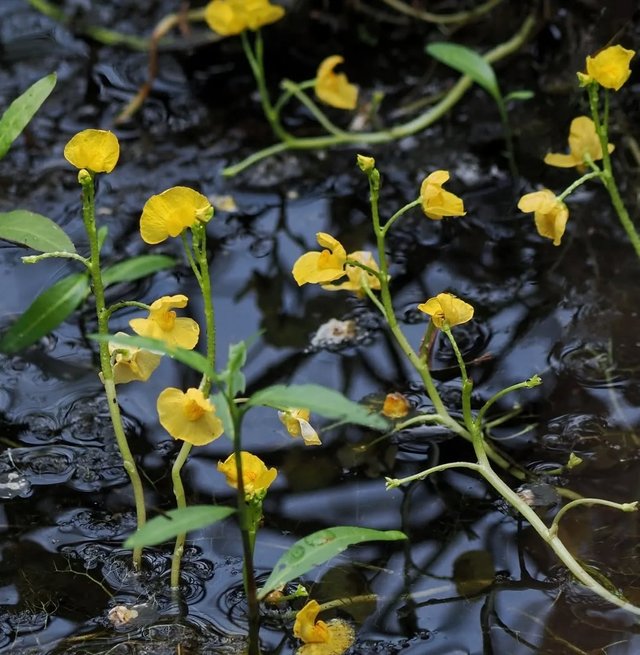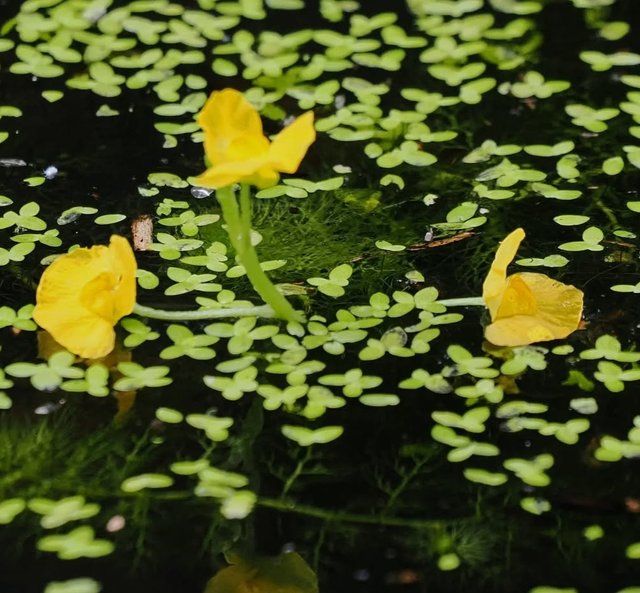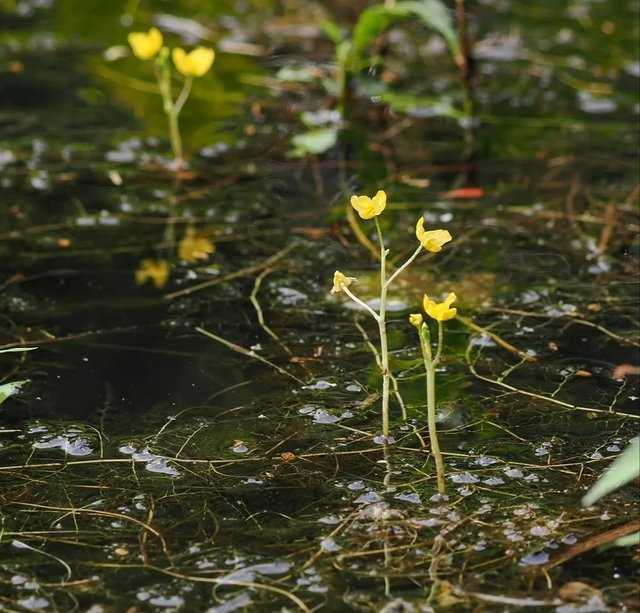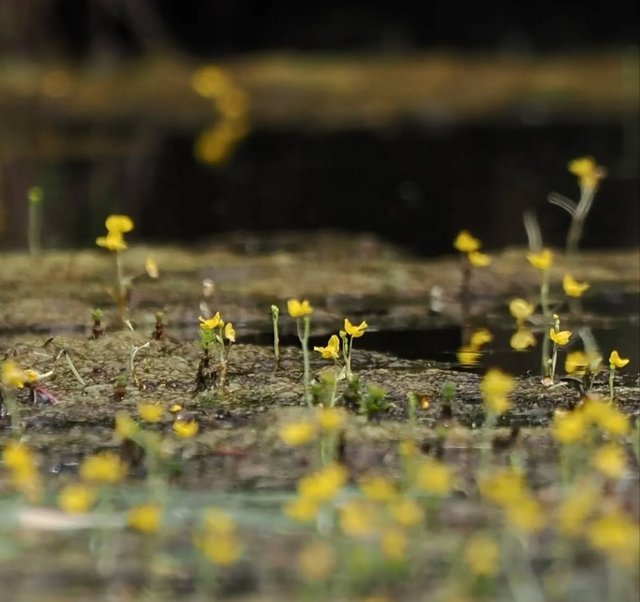Yellow Colour Utricularia Gibba Flower
Here’s a detailed long post about Utricularia gibba:
Utricularia gibba – The Humped Bladderwort: Nature's Ingenious Carnivorous Trap
Utricularia gibba, commonly known as the Humped Bladderwort, is a fascinating species of aquatic carnivorous plant belonging to the family Lentibulariaceae. Though it might look delicate with its fine, thread-like stems floating in water, this plant is a highly specialized predator, renowned for its sophisticated bladder-like traps. With a cosmopolitan distribution, Utricularia gibba thrives in freshwater habitats across continents, including North and South America, Europe, Asia, and Africa, making it one of the most widespread bladderwort species in the world.
Morphology and Structure
Unlike many other plants, Utricularia gibba lacks true roots. Instead, it consists of thin, free-floating stems, which can spread extensively just beneath the water surface or form dense mats. The plant's name, "gibba," meaning humped or swollen, refers to the distinctive curvature found in the walls of its bladder traps.
Stems & Leaves: The stems are green, slender, and thread-like, often branching to form tangled networks. The leaves are modified into highly divided filaments that enhance buoyancy and photosynthesis while also supporting the tiny traps.
Bladder Traps: The most remarkable feature of U. gibba is its small, rounded bladder traps, usually less than 2 mm in size. These traps are sophisticated vacuum-operated structures that capture small aquatic organisms such as protozoans, rotifers, and tiny crustaceans.
Flowers: Utricularia gibba produces charming, small, yellow flowers that rise above the water surface on slender stalks. The flowers are bilaterally symmetrical and bear a resemblance to tiny orchids, though they belong to a completely different family. Flowering typically occurs in warmer months.
The Carnivorous Mechanism
Utricularia gibba's trapping mechanism is one of the fastest in the plant kingdom. The bladder traps operate through a highly evolved suction mechanism. Here's how it works:Setting the Trap: The bladder walls actively pump out water, creating a partial vacuum inside the trap. A small, sensitive trigger hair is positioned at the entrance.
| Device | cannon eos 700D |
|---|---|
| Lens | 55-250 zoom leans |
| Location | Bangladesh |




